'Ghost' Is a Great Example of How We Collectively Misremember Some Films
Supernatural romance or a buddy comedy?
GHOST (1990) is a film that somehow balances mournful romantic drama and light screwball comedy as a train of thrilling character and plot reversals weaves its way through its taut structure. But as a storyteller, I’m most interested in how we misremember the relationship at the center of this “romance” - because it’s definitely not Patrick Swayze and Demi Moore despite what the poster would have you believe. By taking a moment to reframe the film in your memory, you can help learn how to strip away what a piece of art has come to mean — rather, to symbolize in our collective memories — and identify instead the elements of it that led to its success in the first place.
For starters, it’s understandable why you might mistake GHOST for a romance with Swayze and Demi Moore out front here on this iconic poster, him eating her neck like some famished super-hot vampire - not to mention the film’s entire marketing campaign. For example, this 1990 trailer (below) makes Moore’s character Molly the beating heart of the story.
After all, humans often rewrite experiences through an emotional lens. How did it make us feel?! A single image or song can revise an entire memory for us - as “Unchained Melody” does in GHOST. The pottery scene is that powerful…et c’est plus romantique en français!
But while GHOST is definitely Romantic with a rolling capital R, the relationship that drives the film’s narrative is actually between Swayze’s Sam and Whoopi Goldberg’s Oda Mae Brown - a story twist almost as shocking in hindsight as Sam, the film’s protagonist, getting murdered shortly before the Act 1 turn.
Following Sam’s death and his ghostly realization that his beloved Molly (Moore) is now in mortal danger (death-and-life stakes!), he turns to Oda Mae — a con artist who bilks the bereaved with promises of messages from the dead — for help doing this for real with his girlfriend.
This is GHOST’s actual engine - the plot device that moves the entire story.
Now, think about how you remember GHOST. Is it as a buddy/class comedy between a (privileged) white ghost (living in a gentrifying neighborhood) and a (struggling) Black con artist (living con to con) trying to solve a murder-mystery together? I expect not, but almost every beat from the Act 1 Turn on serves this narrative - not the romantic drama of it.
When you look at GHOST from this POV, you might recognize a familiar nineteen-eighties Hollywood movie structure similar to, say, RAIDERS OF THE LOST ARK. Act 1 Turn: person on a mission. Top of Act 2: meets their opposite sex lead. Midpoint: shocking twist that flips the story on its head. And so on…
All the beats and complications in between and after these films’ midpoints play out in manners unique to their stories, but also typical for the period - which I would argue is a high point of this kind of American studio film.
The challenge was always innovation within convention.
It’s also worth pointing out where GHOST fits in cinema history. It arrived at the tail-end of a decade that popularized odd-couple pairings of Black and white characters in genre films. Whereas the fifties and sixties often featured liberal/conservative or educated/working-class pairings that allowed filmmakers to discuss politics onscreen in not-so-secret, the eighties asked us to imagine Black and white people working together, getting over their apparent differences, and saving the day. Think the LETHAL WEAPON, 48 HOURS, and BEVERLY HILLS COP films, RUNNING SCARED, and the relationship between Rocky Balboa and Apollo Creed that defined that franchise throughout the eighties.
Getting back to GHOST, by the time its tear-inducing climax arrives bathed in heavenly light, Sam spends little screen time saying goodbye to his beloved Molly. It’s unnecessary that he should — his line that you take all your love with you is that good — but, by contrast, Oda Mae gets her own detailed goodbye from Sam to wrap up her story arc.
The narrative reason for this is that Molly doesn’t have any backstory or story arc in GHOST to wrap up other than getting over the murder of her hot banker boyfriend. On the other hand, Oda Mae has bucketfuls of both - because she/Goldberg is the film’s co-lead, not Molly/Moore.
To close, you might find it interesting to know that the character of Oda Mae Brown is so vital to GHOST’s central narrative — the “Sam and Oda Mae solve a murder while making us laugh” two-hander — that Swayze actually refused to star in the film unless Goldberg played the part opposite him (watch the video below). Molly could’ve been played equally well by any of a dozen weepy actresses in 1990, but nobody but Goldberg could’ve played Oda Mae.
You can read the screenplay for GHOST here.
If this article added anything to your life but you’re not up for a paid subscription, please consider buying me a “coffee” so I can keep as much of this newsletter free as possible for the dreamers who couldn’t afford it otherwise.
If you enjoyed this particular article, these other three might also prove of interest to you:




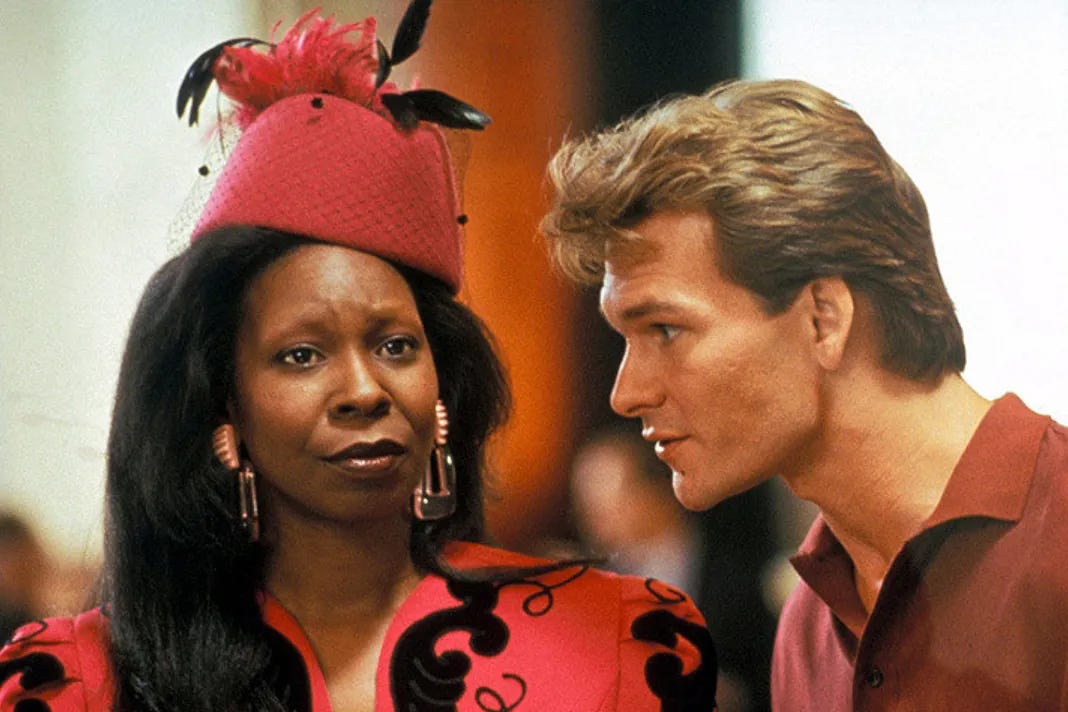
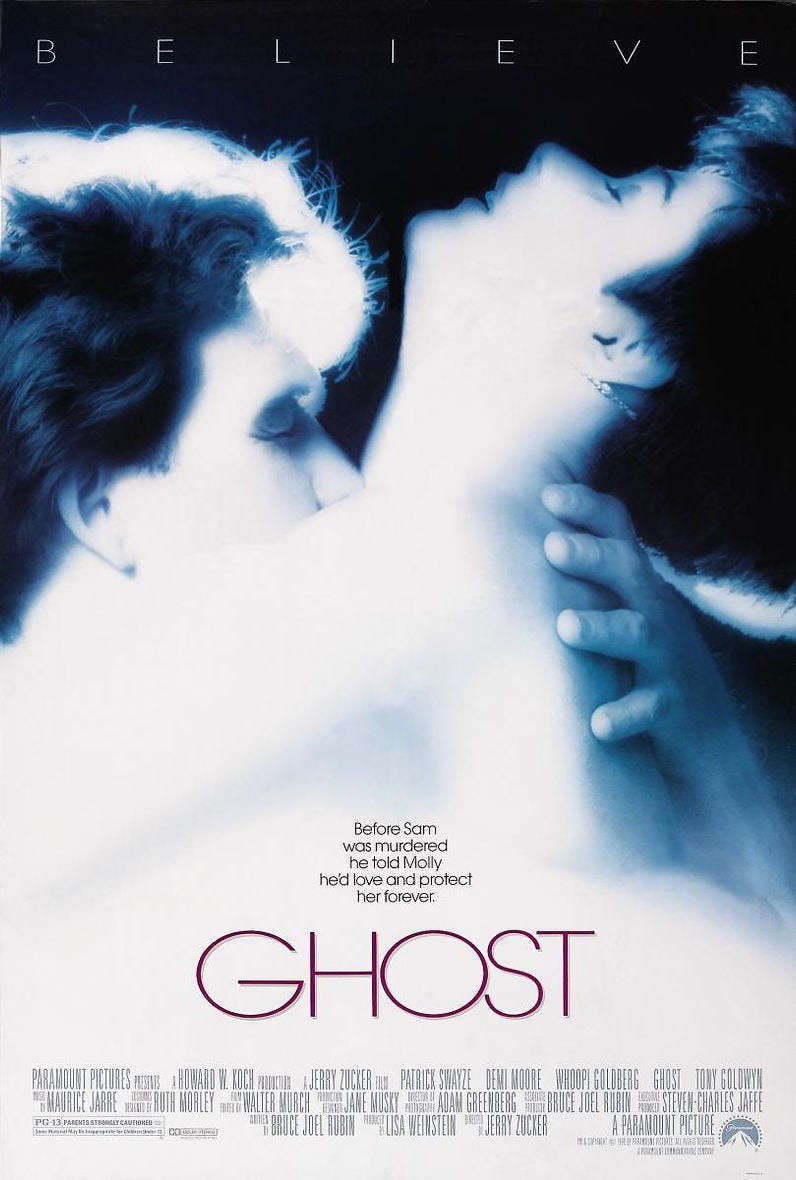
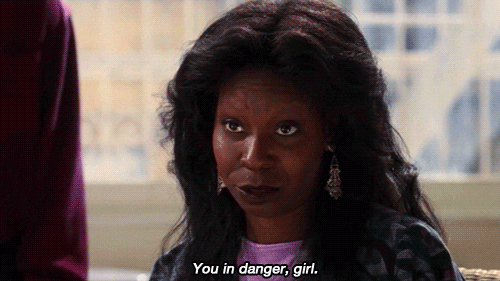
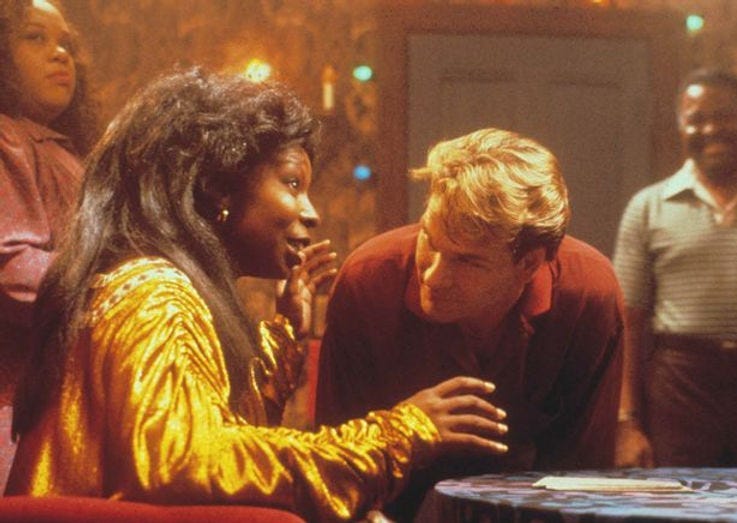
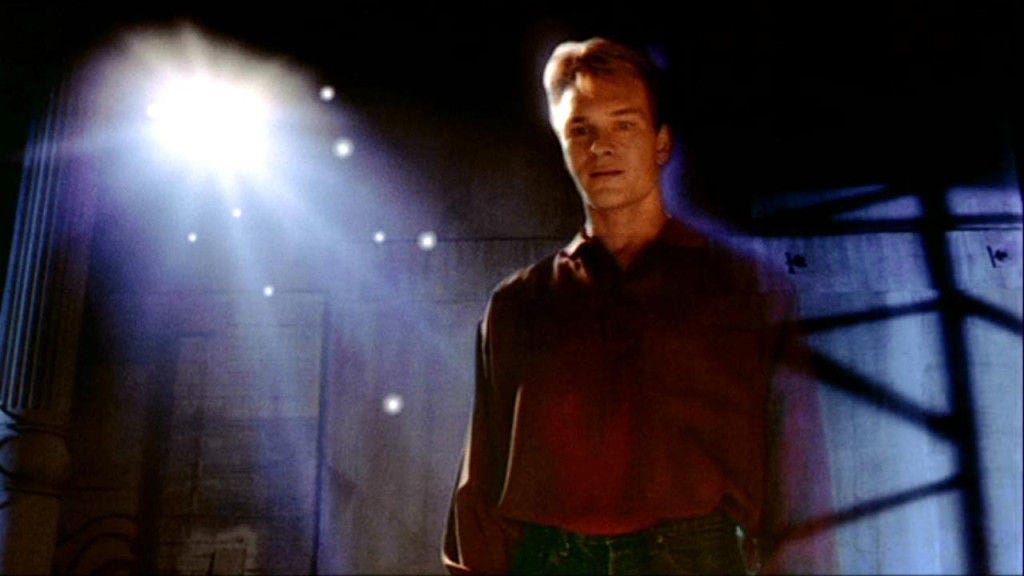
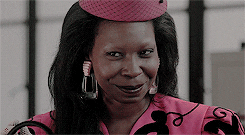
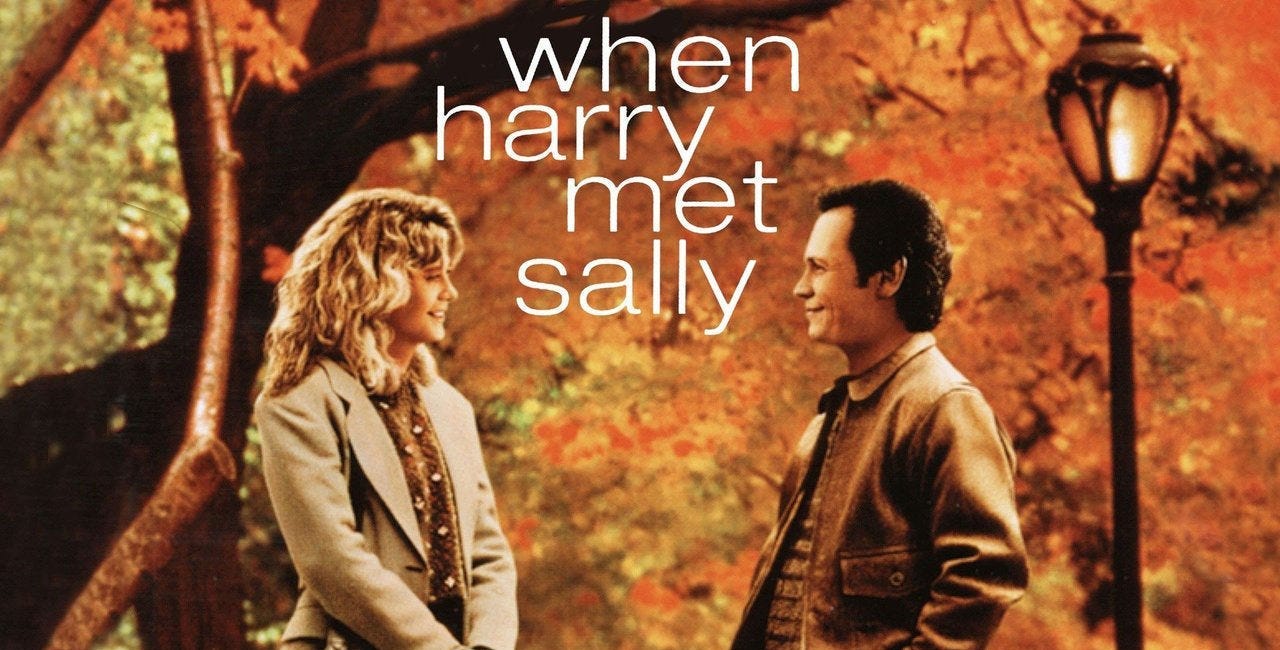
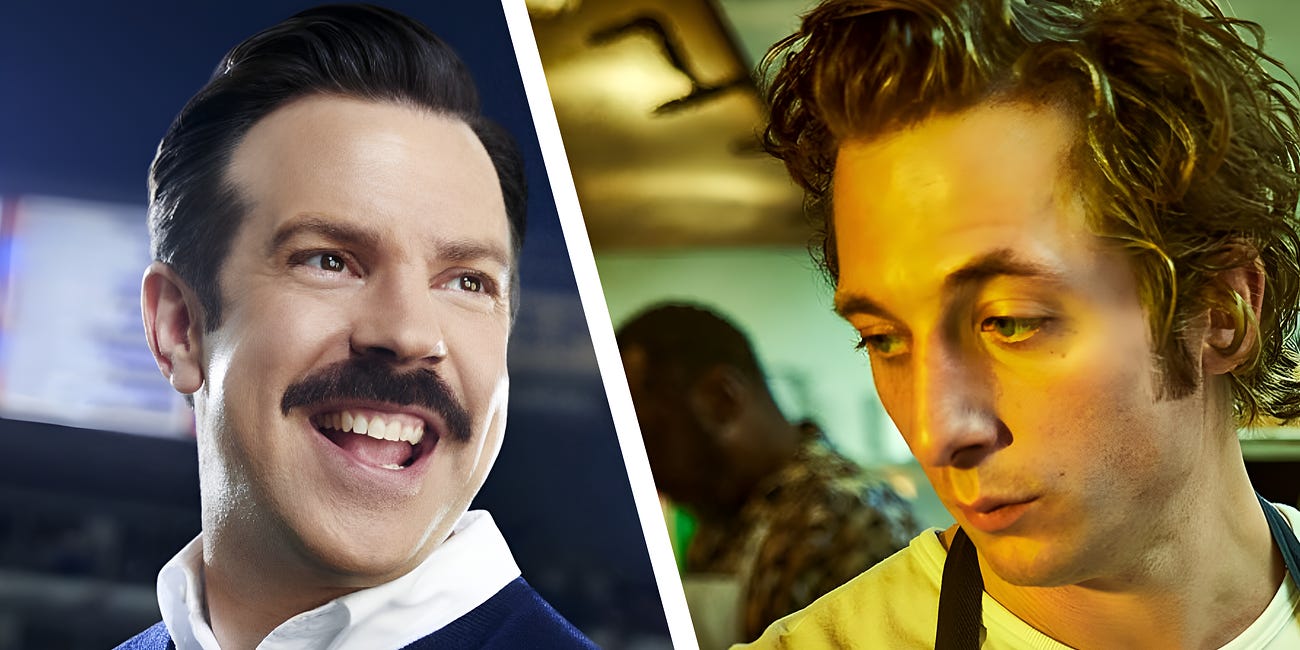
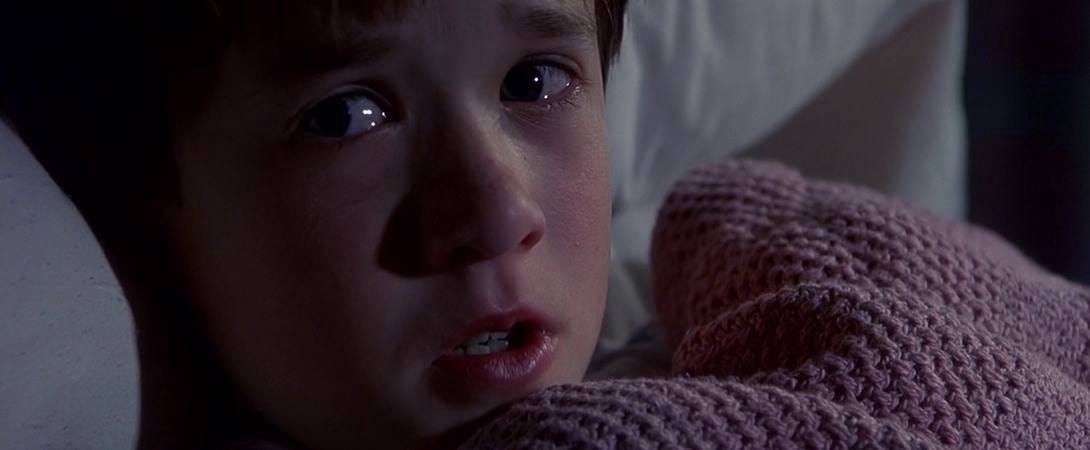
Little anecdote for you: I asked my mum to record Ghost off the TV for me on VCR when I was about 12. Somehow – and I still don't know precisely HOW given the limited tech – she managed to EDIT OUT the pottery scene before I watched it?!
This hits the nail on the head of exactly what is great about this film. The development of the relationship between Sam and Oda Mae is its beating heart. Even in the emotional love scene at the end I think the most important aspect is Oda Mae allowing Sam to borrow her body.
Perhaps controversially, I don’t like the pottery scene at all. It does nothing for me.